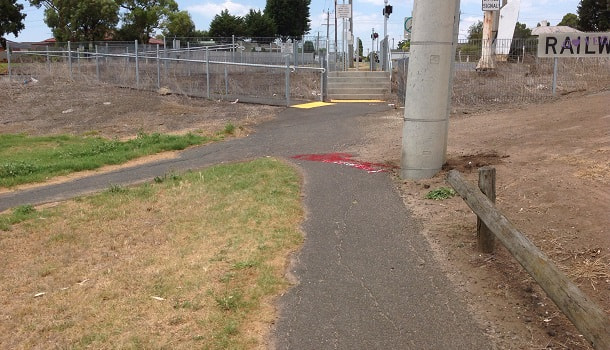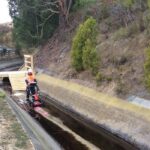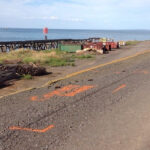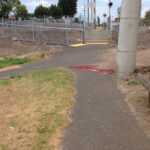Underground utility locating is a job that brings many occupational hazards alone. Challenges don’t only include working with heavy equipment but also working in a dangerous environment, from tunnelling depths or towering heights. Conducting a simple survey will expose numerous hazards the crew can face over the site.
Let’s take a look at the top 10 safety hazards one may face during underground utility locating:
- Poor PlanningTight deadlines, budget constraints and other constraints affect the overall project planning and thus contractors come across different ways to cut corners. This may benefit the client and contractor but it can also come up with many unpredictable consequences. The first step for safe digging is to plan effectively and proceed only after detecting and analysing the worst-case scenarios and preparing for safe excavation.
- Collapse of Cave-Ins and TunnelsCave-ins are a common scenario that occurs during excavation and trenching procedures which takes the life of a minimum of two workers every month. This can easily be lessened with proper survey and engineering. It is advised to conduct a soil composition test and then design and implement systems with proper support features, shielding and embankments that prevent cave-ins.
- Toxic GasesAs you do deeper underground, the level of oxygen reduces and the level of toxic gases such as carbon monoxide and methane increases. Thus, as per the current safety laws, contractors need to dig in 4 feet to test the toxin level in the atmosphere. Also, it’s advisable to equip workers with breathing equipment.
- Accidents & FallsThere can be cases of people slipping and falling into hazardous depths. The least precaution that can be taken here is to clear all the walkways and barriers and remedy the slippery surfaces with grit and stones.
- Hitting Underground Utility LinesLocal maps do attribute underground utility lines, their location and overall infrastructure. However, there are not only possibilities of the plans being outdated but also one cannot measure exact depth through maps, increasing the fatal risk. It is best to opt for utility location services for precise underground utility locating and mapping.
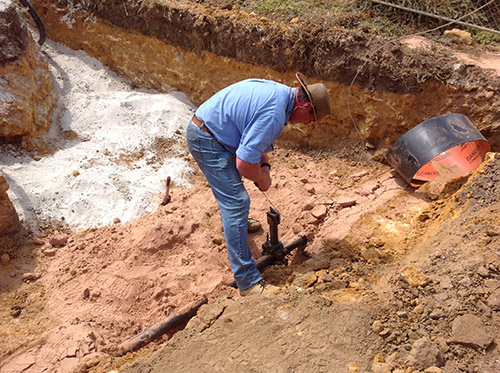
- Risky EquipmentImproper equipment handling can lead to several fatal injuries. For safe digging, it is best to hire only a trained crew who has experience in handling specialised tools and heavy machinery. Also, ensure that the gears are properly stored and serviced.
- Poor SupervisionAn on-site supervisor should leave no stone unturned in ensuring that all the operational procedures and safety rules are adhered to properly, as any compromise can lead to fatal results. Emphasize proper record-keeping, communication and accountability among your supervisors and crew members.
- Inadequate Warnings & SignageA crucial step for safe digging is to ensure that the information about all the hazards is communicated properly to the public and crew. Lacking safety signage can lead to road accidents and deep excavations which could otherwise be easily avoided.
- Loud NoiseExcavation sites are loaded with various power tools that create high noise. Over a while, exposure to excessive noise can lead to ear problems such as deafness, dizziness, etc. Conducting a proper noise risk assessment and equipping the crew with a PPE kit can help reduce the hazards to a greater extent.
- Airborne Debris and FibersDuring excavation, a lot of dust is produced which also includes fine debris and fibres which are invisible to the naked eye but over a long period when inhaled, can lead to respiratory pathways blockage and other medical conditions. Thus, you need to put great emphasis on ensuring that your crew is utilising the PPE kit properly.
Eliminate Safety Hazards By Introducing Proper Safety Standards
Before conducting any excavation, opt for detailed planning to detect all the possible hazards and eliminating them. We, at Geoscan Utility & Structural Investigation, are Dial Before You Dig locators and are equipped with the latest tools and technology to deliver accurate underground utility locating and mapping data to ensure safe digging without causing any damage to underground infrastructure.

